Do Organisms Create Exact Copies Of Themselves?
Key Notes:
Reproduction Types:
- Asexual Reproduction: Involves a single organism creating offspring that are genetically identical to itself. Examples include binary fission in bacteria, budding in yeast, and vegetative propagation in plants.
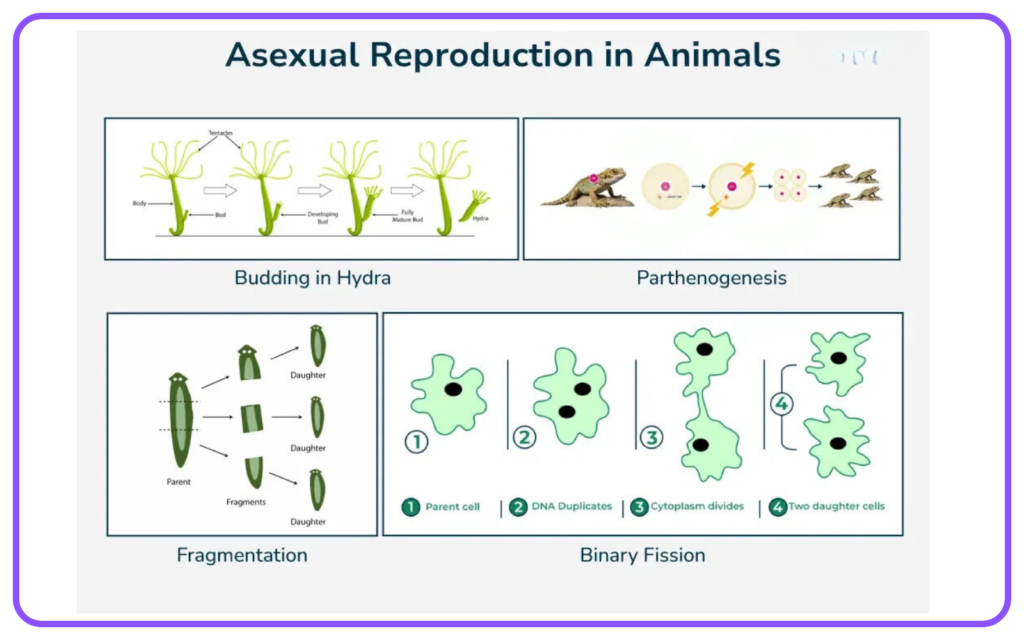
- Sexual Reproduction: Involves the combination of genetic material from two parents, resulting in offspring with genetic variation. Examples include reproduction in animals and flowering plants.
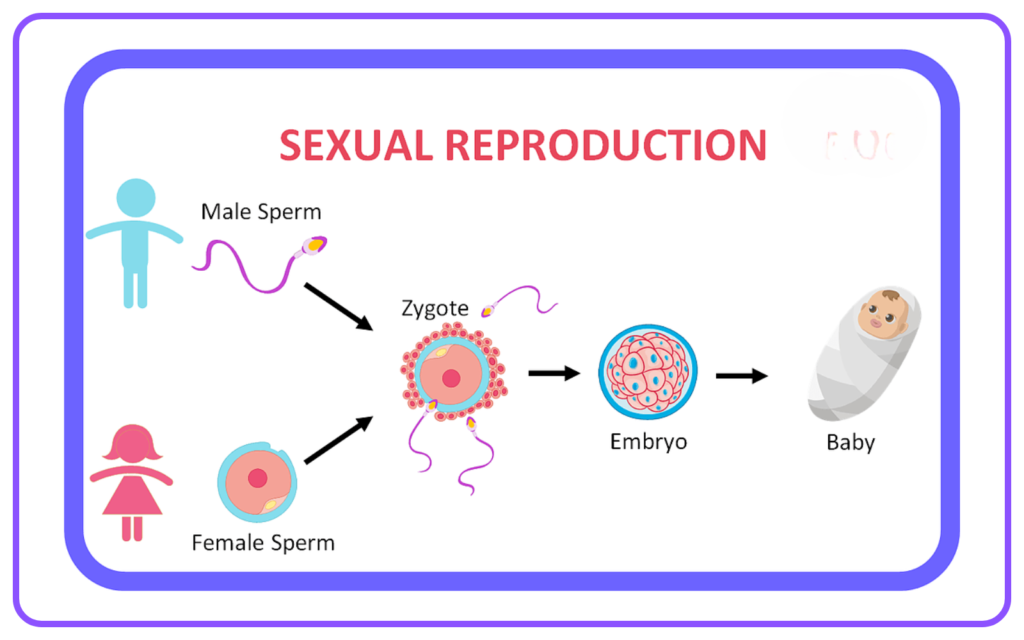
Genetic Material:
- Asexual reproduction produces clones, meaning the offspring carry the same genetic information as the parent.
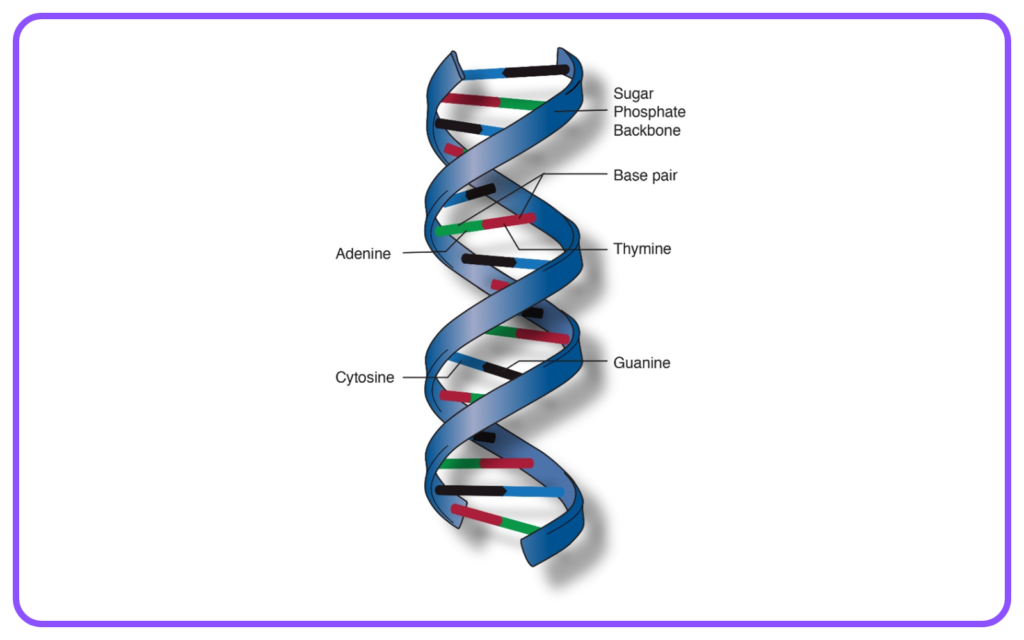
- In sexual reproduction, offspring inherit a mix of genes from both parents, leading to genetic diversity.
Mitotic vs. Meiotic Cell Division:
- Mitosis: A process that produces two identical daughter cells from a single parent cell, used in asexual reproduction and growth.
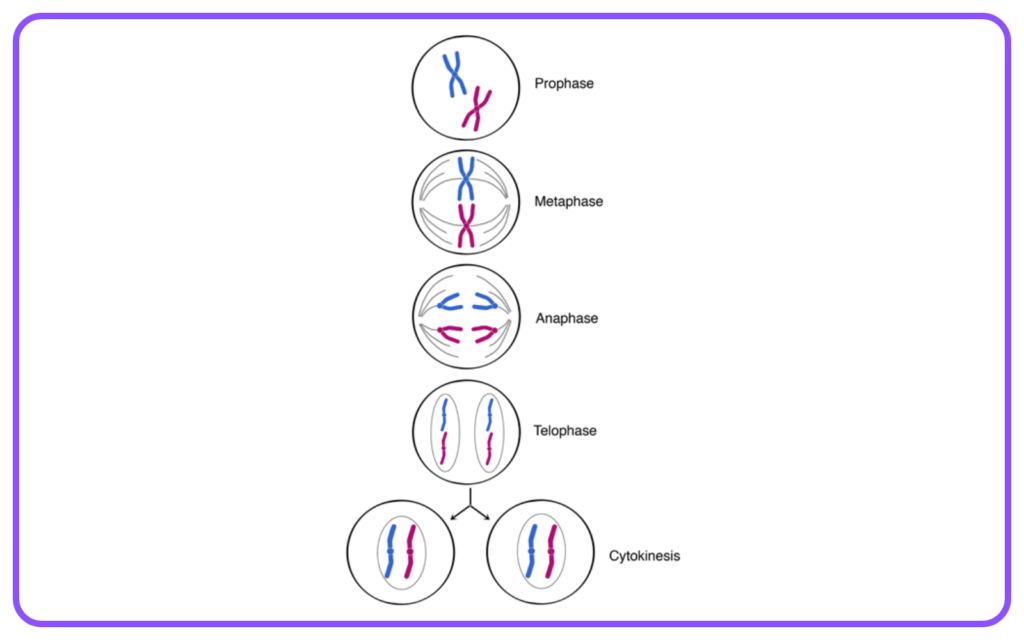
- Meiosis: A specialized form of cell division that produces gametes (sperm and eggs) with half the number of chromosomes, promoting genetic variation in offspring.
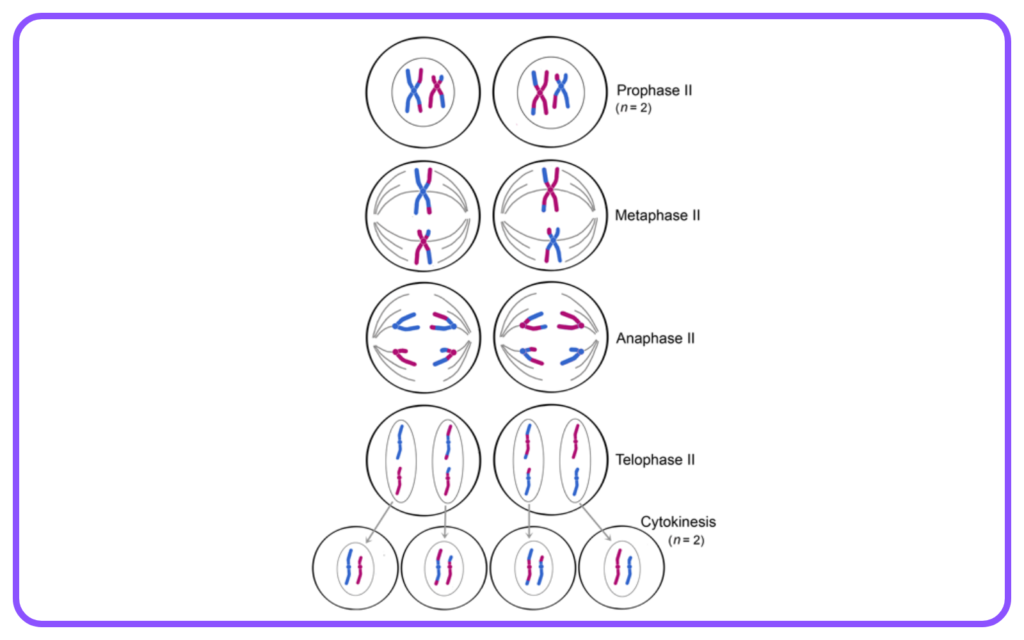
Cloning:
- Natural Cloning: Occurs in some organisms, such as starfish and certain plants.
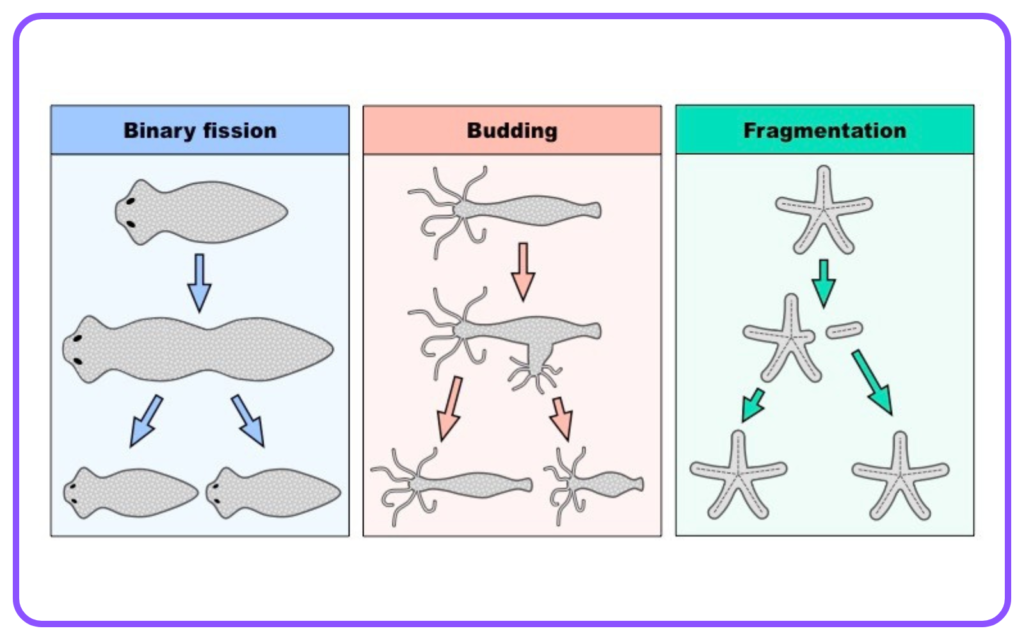
- Artificial Cloning: Techniques like somatic cell nuclear transfer (SCNT) allow scientists to create genetically identical organisms, like Dolly the sheep.
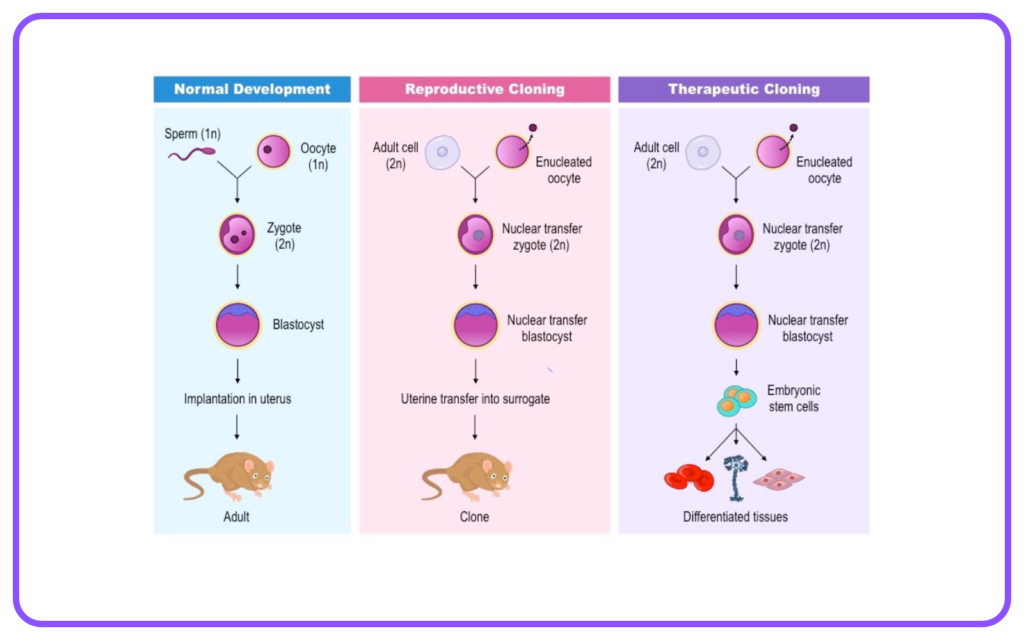
Advantages and Disadvantages:
- Asexual Reproduction Advantages: Quick reproduction, no need for a mate, and the ability to thrive in stable environments.
- Disadvantages: Lack of genetic diversity can make populations vulnerable to diseases and environmental changes.
- Sexual Reproduction Advantages: Genetic diversity increases adaptability and resilience.
- Disadvantages: More energy and time-consuming, requiring finding a mate and gestation periods.
Applications in Science:
- Understanding reproduction can lead to advancements in fields like genetics, agriculture, and conservation.
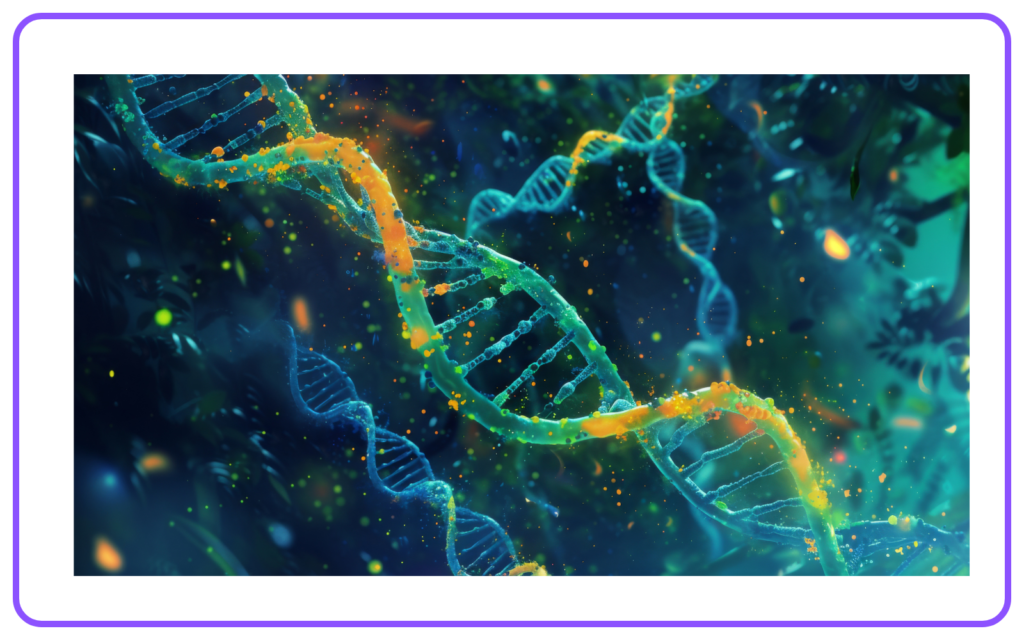
- Cloning technologies have ethical implications and potential uses in medicine, agriculture, and wildlife conservation.
Evolutionary Perspectives:
- The choice between asexual and sexual reproduction can influence evolutionary success, survival rates, and adaptability in changing environments.
Let’s practice!

